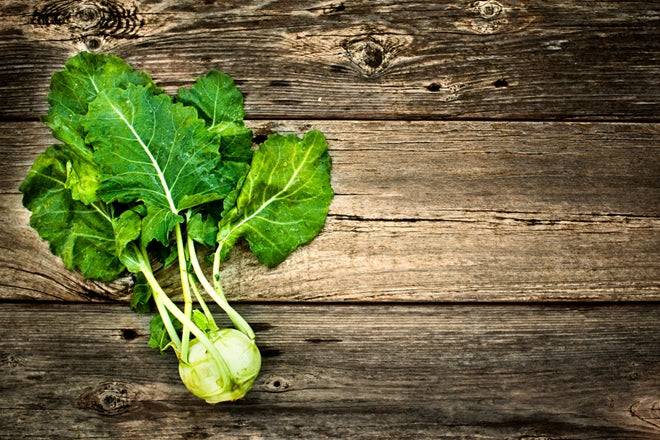As the fourth most abundant mineral within the human body, magnesium is a critical cofactor in more than 300 body enzymes. It has been found to play an especially important role during menstruation. Most women with premenstrual syndrome are found to have very low levels of magnesium. Unfortunately, however, this deficiency often goes undiagnosed due to the lack of an accurate blood test for magnesium until quite recently, according to Carolyn Dean, M.D., N.D., author of "The Magnesium Miracle."
Symptoms of PMS
Linked directly to a woman's menstrual cycle, symptoms of PMS can occur within the one to two weeks leading up to menstruation, according to the Office on Women's Health. PMS impacts everyone differently and symptoms can range from mild to severe. Common symptoms include food cravings, bloating, tender or swollen breasts, fatigue, tension or irritability, headaches and backaches, anxiety and even muscle or joint pain.

Our Hallelujah Acres researchers describe magnesium as a relaxation mineral. It can help to alleviate cramps, aches and tightness within the body. Flexible, smooth and fluid, magnesium can help to support the health of women facing many of the aforementioned symptoms.
Diet and PMS
The age-old myth of chocolate cravings is not such a fallacy after all. It's actually quite the opposite, as the desire for chocolate is a tell-tale sign of magnesium deficiency, according to "The Magnesium Miracle." Chocolate is one of the richest food sources of magnesium, ounce for ounce, and around the time of a woman's menstrual cycle magnesium levels are at their lowest. Thus, it makes sense that many women can't help but reach for that chocolate bar each month. However, if you're following the Hallelujah Diet, keeping your magnesium levels in check can help to deter that desire for chocolate.
"Nuts and seeds are rich sources of magnesium."
According to Dean, bolstering magnesium levels supports women's health naturally so they don't suffer from PMS or PMS headaches. The key during this time is to get enough magnesium in the diet through magnesium-rich sources of food such as green vegetables, dark leafy greens, legumes, whole grains, seeds and nuts. Some of the richest sources of dietary magnesium are shown in the list below.The reality, however, is that most people do not get enough through food alone. Due to the fact that most soils and fertilizers don't have magnesium, foods grown in them are lacking as well. Moreover, processed and cooked foods are further depleted of magnesium, noted the source.
Magnesium-Rich Foods. Amount of magnesium per ounce of food. (Source: NutriBase 11 food database)
| Almonds, raw | 76 |
| Blackstrap molasses | 88 |
| Cashews, raw | 83 |
| Chocolate, dark 70-85% cacao (for comparison | 65 |
| Chocolate, milk, bar (for comparison) | 18 |
| Flax seed | 111 |
| Rice bran, crude | 221 |
| Sesame seeds, raw | 98 |
| Spinach, raw | 22 |
| Sunflower seeds, raw | 92 |
| Tahini, from unroasted kernels | 100 |
| Walnuts, raw | 45 |
| Wheat germ | 68 |
The Solution
Another way to ensure you are getting enough magnesium in your diet is by taking supplements. Hallelujah Diet's Magnesium Complex - a blend of four bioavailable forms of magnesium - is a dietary supplement that can help women keep the right level of daily magnesium to stay balanced with calcium.
"The Magnesium Miracle" also cites the advise of Dr. Melvyn Werbach, who suggested that a solution for PMS is magnesium supplementation. The positive impact of taking 400 mg of magnesium daily for PMS symptoms was demonstrated in recent studies of 192 women. Of the nearly 200 women who participated, 43 percent experienced less headaches, 89 percent experienced less nervous tension and 95 percent had less breast pain.
Werbach noted that women taking magnesium supplements should also take 50 mg of vitamin B6 each day to assist in the absorption of magnesium.







